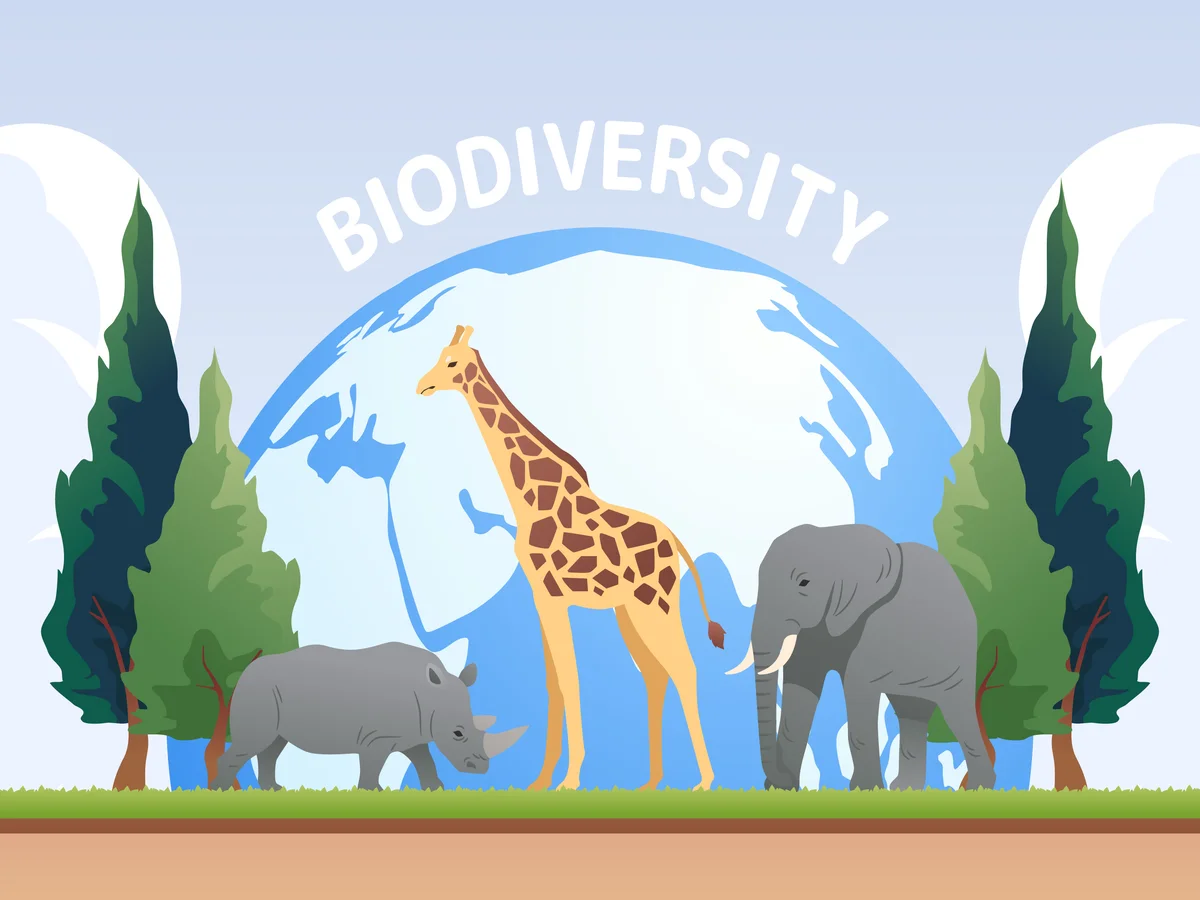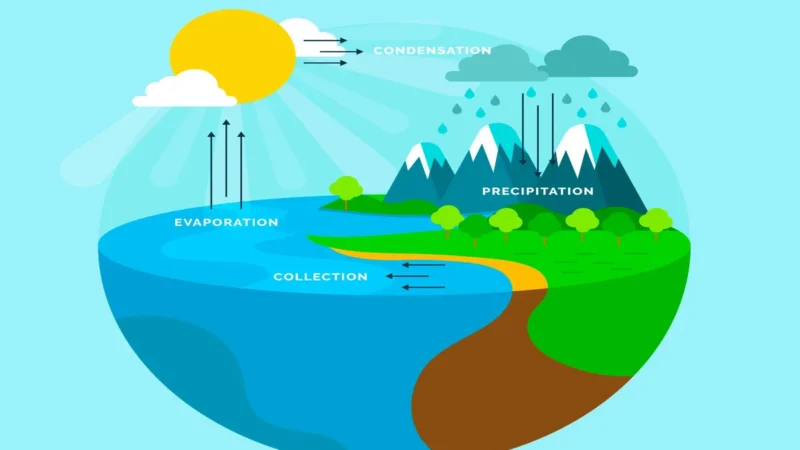Types of Biodiversity: Exploring Earth’s Rich Ecological Tapestry

Biodiversity refers to the variety of life forms present on Earth, encompassing all living organisms, ecosystems, and the ecological processes that sustain them. It is a vital component of our planet’s health and provides numerous benefits, including ecosystem stability, natural resource availability, and cultural value. This article explores different types of biodiversity, highlighting their significance and the key challenges they face. The subheadings and keywords included are designed to provide comprehensive information on each type and cater to highly searched topics.
Genetic Biodiversity:
Genetic biodiversity refers to the diversity of genes within a population or species. It involves variations in the genetic makeup of individuals, which contribute to their ability to adapt to changing environmental conditions. Genetic diversity plays a crucial role in species survival and evolution by enhancing their resilience to diseases, environmental changes, and other threats. It also provides the foundation for selective breeding, conservation programs, and the development of new medicines.
Species Biodiversity:
Species biodiversity refers to the variety and abundance of different species within an ecosystem or across the planet. It encompasses the number of species present, their distribution patterns, and the interactions among them. High species diversity contributes to the stability and productivity of ecosystems, as each species has unique ecological roles. Unfortunately, many species are currently at risk of extinction due to habitat loss, pollution, climate change, and other human activities.
Ecosystem Biodiversity:
Ecosystem biodiversity refers to the diversity of habitats, ecosystems, and ecological processes within a region. It includes the variety of ecosystems such as forests, wetlands, coral reefs, and grasslands, as well as the intricate interactions between organisms and their environment. Ecosystem biodiversity is essential for the provision of crucial services like air and water purification, soil fertility, climate regulation, and nutrient cycling. However, human activities, including deforestation and pollution, pose significant threats to ecosystem biodiversity.
Functional Biodiversity:
Functional biodiversity focuses on the roles and functions of organisms within ecosystems. It examines the unique traits and abilities of species that influence ecological processes and interactions. Functional biodiversity includes characteristics such as feeding habits, reproductive strategies, and nutrient cycling abilities. Each species contributes to the overall functioning and stability of ecosystems through their specific ecological roles. The loss of functional biodiversity can disrupt crucial ecological processes and have cascading effects on ecosystem health.
Cultural Biodiversity:
Cultural biodiversity encompasses the diversity of human cultures, practices, and knowledge related to biodiversity. It recognizes the deep connections between nature and human societies, particularly indigenous and local communities. Cultural biodiversity encompasses traditional knowledge, languages, spiritual beliefs, and sustainable resource management practices. Preserving cultural biodiversity is crucial for maintaining cultural identity, promoting social cohesion, and ensuring the sustainable use of natural resources.
Key Takeaways:
Biodiversity encompasses a range of dimensions, including genetic, species, ecosystem, functional, and cultural diversity. Each type is intricately interconnected and plays a critical role in maintaining the health and resilience of our planet. Understanding and protecting biodiversity is essential for sustaining ecosystems, supporting human well-being, and addressing global challenges such as climate change and biodiversity loss. By valuing and conserving biodiversity, we can secure a sustainable and prosperous future for all life on Earth.
FAQs about Biodiversity:
Q: What is biodiversity?
A: Biodiversity refers to the variety of life forms, including genes, species, ecosystems, and their interactions.
Q: Why is biodiversity important?
A: Biodiversity is crucial for maintaining ecosystem stability, providing essential ecosystem services, supporting human well-being, and fostering resilience against environmental changes.
Q: What are the main types of biodiversity?
A: The main types of biodiversity include genetic biodiversity, species biodiversity, ecosystem biodiversity, functional biodiversity, and cultural biodiversity.
Q: How does genetic biodiversity contribute to species survival?
A: Genetic biodiversity allows species to adapt to changing environmental conditions, making them more resilient to diseases, climate changes, and other threats.
Q: What factors contribute to the loss of species biodiversity?
A: Habitat destruction, pollution, climate change, overexploitation, and invasive species are some of the main factors contributing to the loss of species biodiversity.
Q: How does ecosystem biodiversity benefit humans?
A: Ecosystem biodiversity provides vital services such as air and water purification, nutrient cycling, climate regulation, and natural resource availability, benefiting human health, economies, and quality of life.
Q: What is the role of functional biodiversity in ecosystem functioning?
A: Functional biodiversity represents the diverse traits and roles of species within ecosystems. It influences important ecological processes such as pollination, nutrient cycling, and predator-prey interactions, which contribute to overall ecosystem health and functioning.


